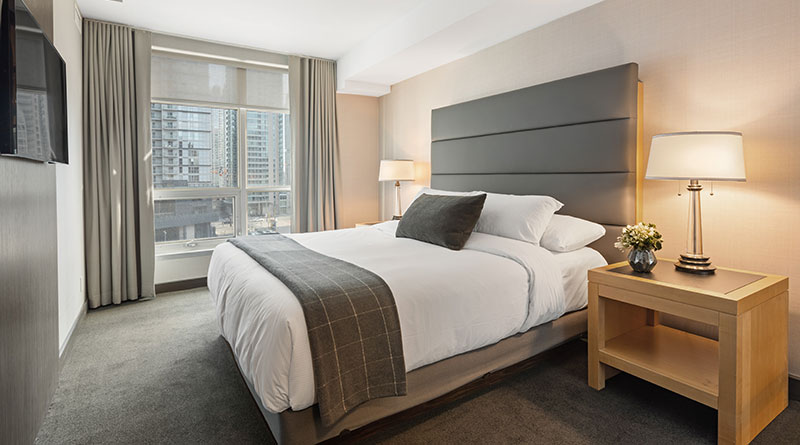Hoteliers Work Hard To Make Up Lost Ground In March

UK hotels strive to make up lost ground in March, as the gap in occupancy and room rates year-on-year narrows, according to the RSM Hotels Tracker.
The data, which is compiled and produced by Hotstats and analysed by RSM UK, shows occupancy of UK hotels remained relatively flat in March year-on-year (73.8% compared to 73.5%), but edged up slightly from 76.1% to 76.8% in London.
Average daily rates (ADR) of occupied rooms in the UK saw a small decrease from £129.42 to £128.23 in March year-on-year, and from £181.14 to £177.04 in London.
As a result, revenue per available room was down 2% in London and 1% in the UK and gross operating profits fell from 35.8% to 34.3% in March year-on-year in London and from 31.7% to 30.3% in the UK.
Chris Tate, partner and head of hotels at RSM UK, comments:
“After February’s disappointing results for the hotel sector, hoteliers have worked hard to make up lost ground. While room rates in March are still slightly below last year’s figures, the gap has narrowed, suggesting February’s results weren’t indicative of a wider slowdown in the hotel sector.
“Hoteliers will now be focusing on managing April’s increase in employment costs and national minimum wage. But with real wages rising, warmer weather and Easter falling later this year, the sector will be hopeful for a boost in demand to take the sting out of the rise in employers’ National Insurance costs.
“However, while there were positive signs in the first quarter of the year that consumers were starting to spend again, there’s every possibility this has been curtailed by uncertainty surrounding US tariff announcements. US tariffs shouldn’t directly impact UK hotels in a significant way, but the knock-on impact on consumer confidence around the world and the wider economy means the sector isn’t completely sheltered. It also remains to be seen how this will impact international and domestic consumers’ travel plans.”
Thomas Pugh, economist at RSM UK, added:
“The economy looked like it started to find its feet again in the first quarter of the year. Regular wage growth was still hot at 5.9% in February, after an already strong year for household incomes in 2024. What’s more, it looked like persistently strong wage growth was finally starting to feed through into stronger consumer spending. Indeed, retail sales volumes rose for three consecutive months in Q1 and the small improvement in the hotel sector in March suggests that stronger spending helped other sectors as well.
“However, the recovery looks like it’s been put on hold as the uncertainty created by US tariffs saw consumer confidence drop four points to -23 in April. Furthermore, inflation will spend most of the year at well over 3%. That increases the chances that consumers will remain cautious, choosing to keep saving instead of spending.”
